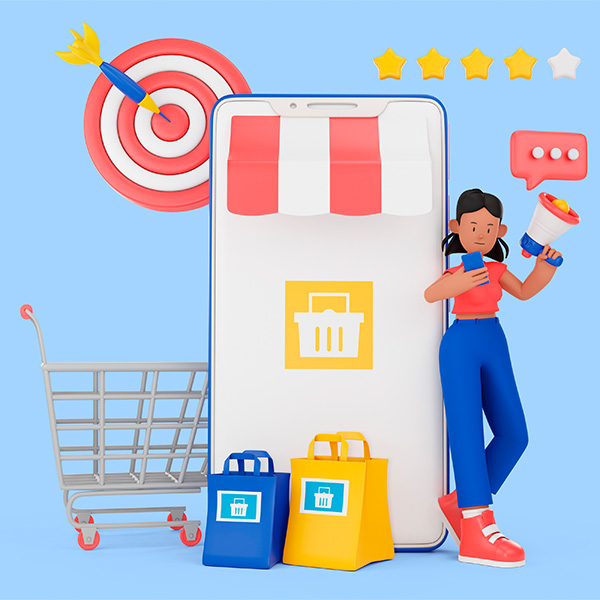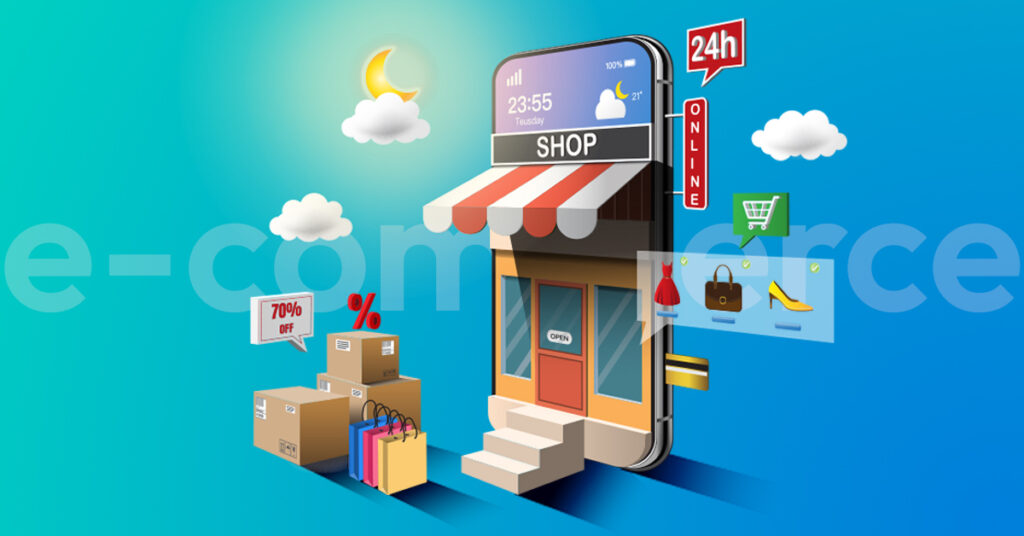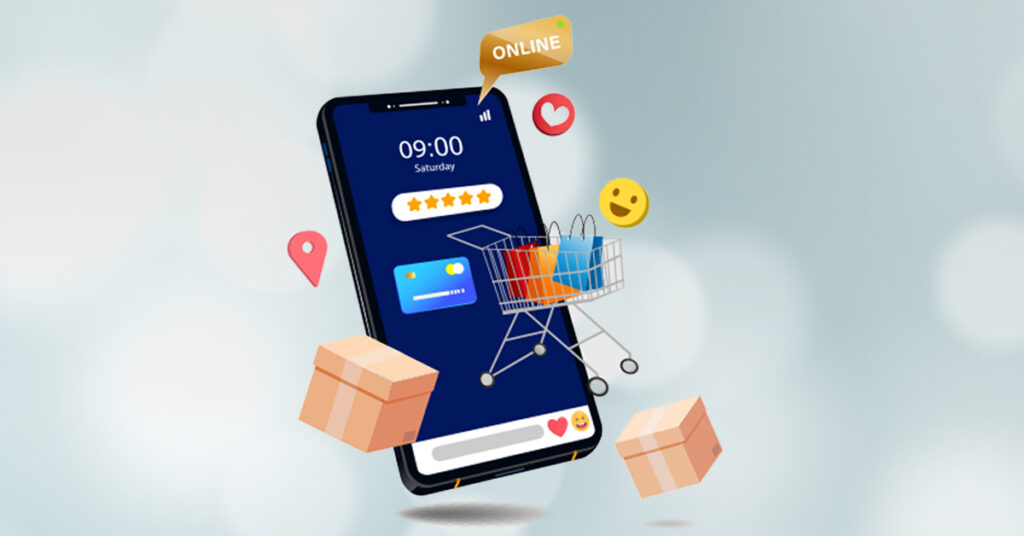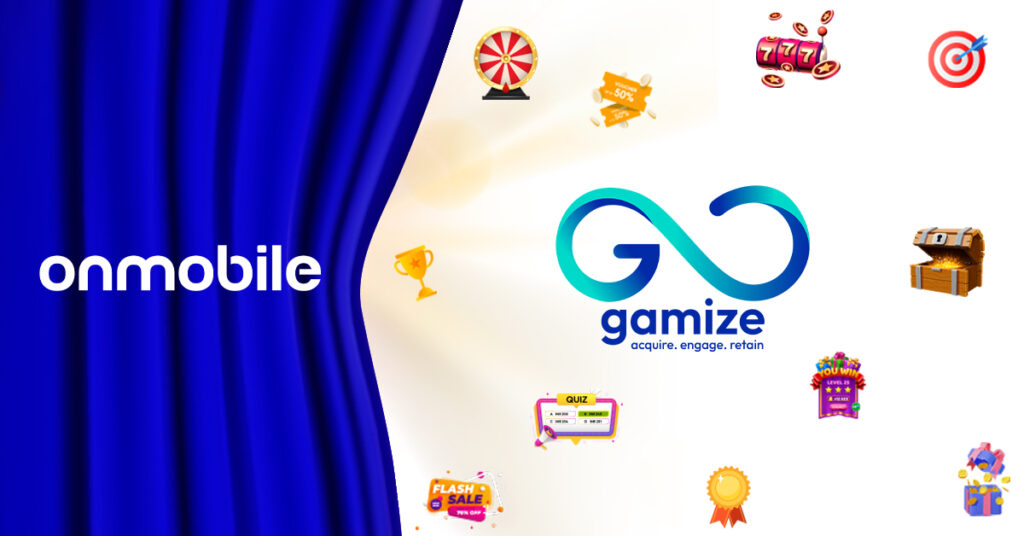As the sweltering heat of summer fades away and the monsoon clouds roll in, there’s a special buzz in the air across India. It’s that time of the year when e-commerce companies set the stage for a shopping extravaganza that captivates the entire nation. Yes, we’re talking about the highly anticipated sale season that begins around the third quarter and is led by giants such as Amazon and Flipkart. During this period, these retail behemoths entice consumers with irresistible discounts, jaw-dropping deals, and exclusive offers. However, beneath the surface of this shopping frenzy lies a crucial ingredient for success: customer engagement strategies.
The Powerhouses: Flipkart and Amazon: The titans of the Indian e-commerce industry, have played instrumental roles in revolutionising the way people shop. These companies have built robust platforms that cater to the diverse needs and preferences of millions of customers. The Q3 sale season, often marked by flagship events like “Big Billion Days” and “Great Indian Festival Sale,” respectively, provides a platform for these giants to showcase their prowess and redefine the art of the sale.
The Significance of Customer Engagement Strategies: In the fiercely competitive landscape of e-commerce, engaging customers is paramount. It’s not just about providing irresistible discounts but also about establishing a meaningful connection with consumers. Customer engagement strategies encompass a wide range of initiatives that focus on building relationships, enhancing the shopping experience, and ensuring customer loyalty.
Amplifying Success Through Customer Engagement: The sale season presents an opportune moment for Flipkart, Amazon, and other players in the e-commerce industry to leverage customer engagement strategies and amplify their success. By adopting effective tactics, these companies can create a memorable shopping experience that resonates with customers long after the sale ends.
Here’s how customer engagement strategies can give them the edge over their competitors:





Conclusion
As e-commerce managers gear up & strategize for their highly anticipated sale seasons in the third quarter, the importance of customer engagement strategies cannot be overstated. By implementing effective tactics that foster genuine connections, these e-commerce giants can not only achieve success but also establish a lasting advantage over their competitors. As consumers eagerly await the irresistible deals, it’s the engagement strategies employed by these industry leaders that will truly make this sale season an unforgettable experience.






